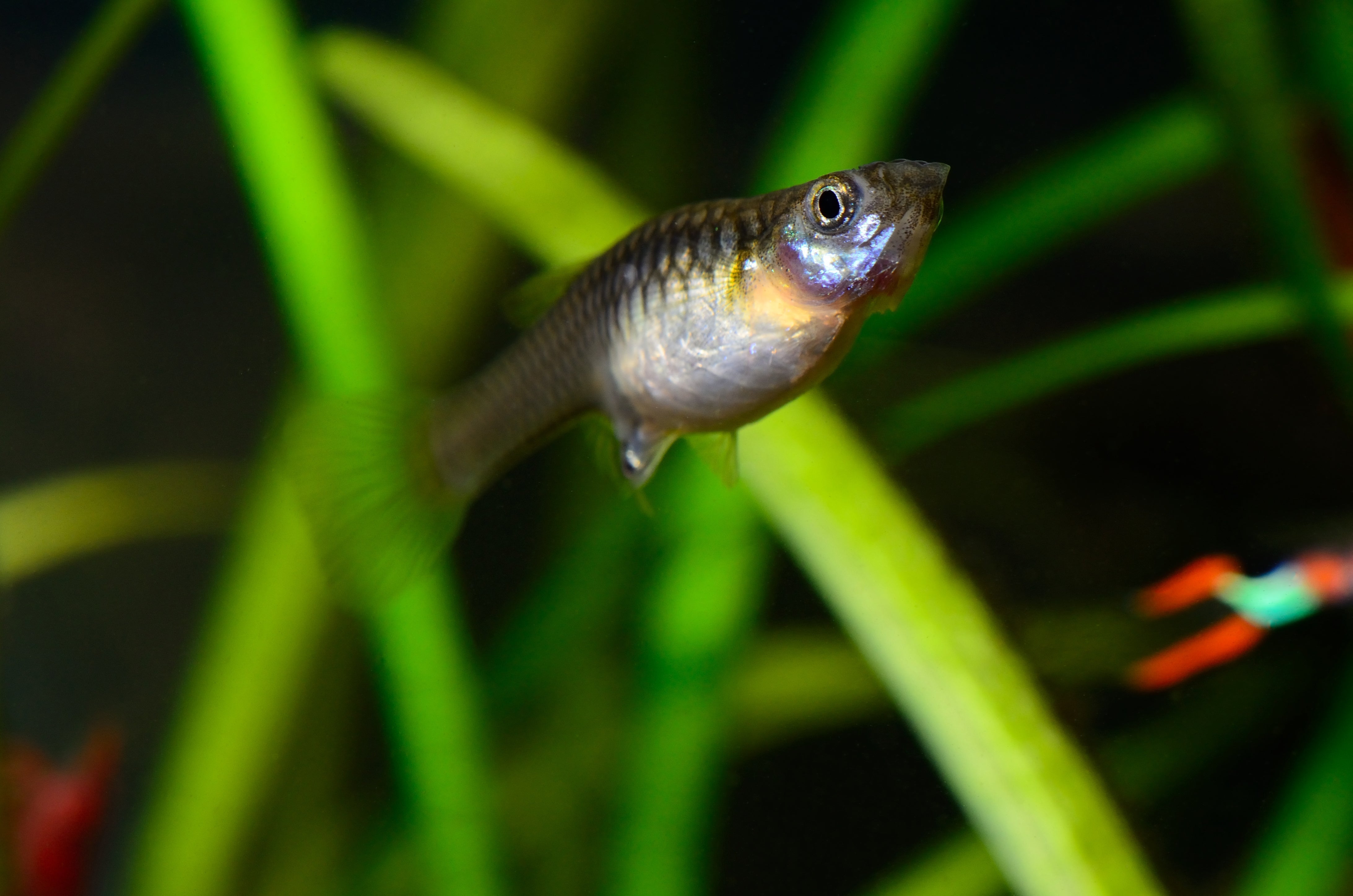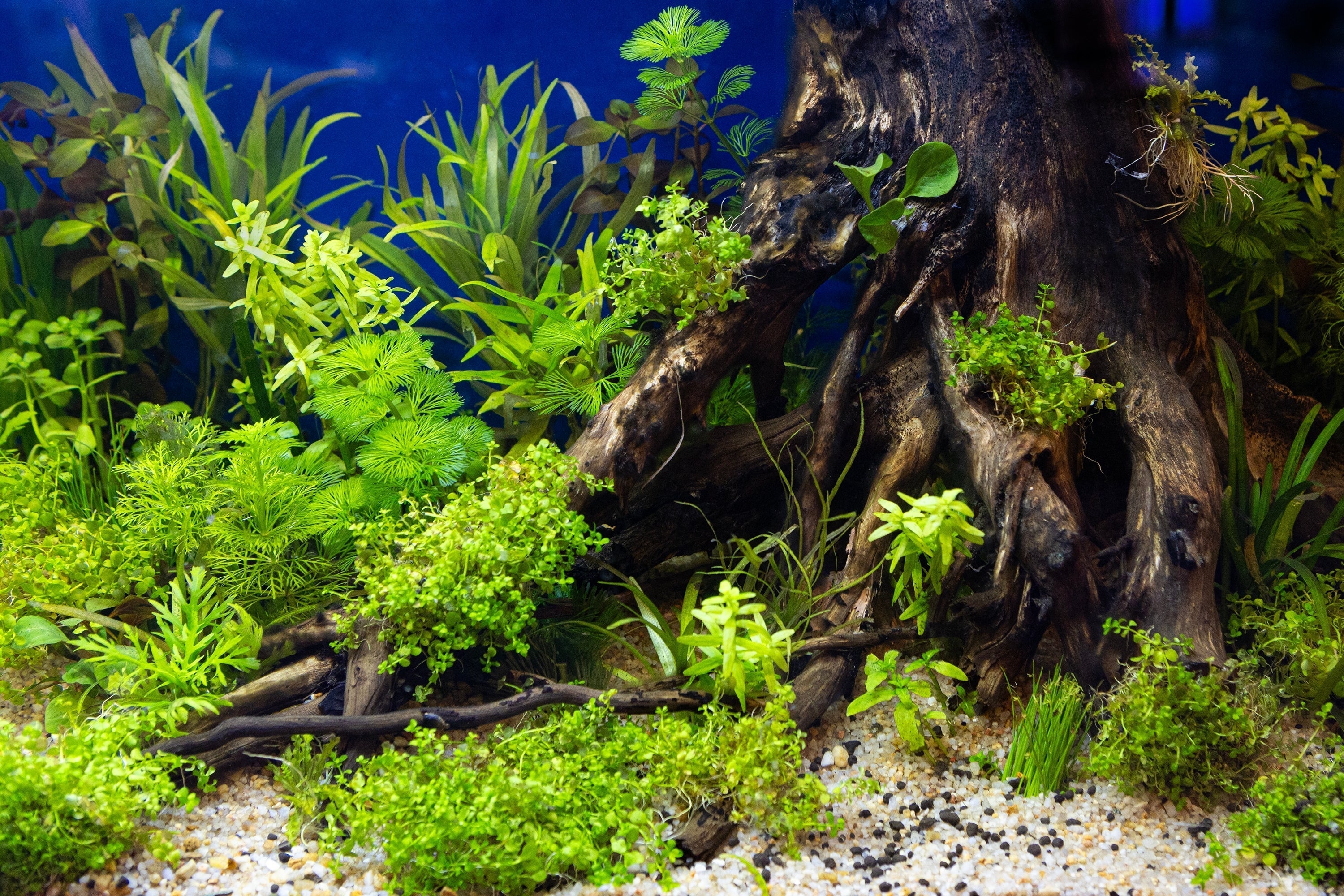Table of Contents
In this article, we will explore the top 10 live aquatic plants that will enhance your guppy fish tank and create a stunning underwater landscape. Adding live aquatic plants to your guppy fish tank not only enhances the aesthetic appeal but also provides numerous benefits for your fish. These plants act as natural filters, improving water quality and reducing the risk of diseases. They also provide hiding places for shy fish and offer a natural grazing area, which can help replicate their natural environment. Whether you are looking for low-maintenance varieties or plants that require more care, we have got you covered. So get ready to transform your guppy fish tank into a lush, vibrant, and thriving underwater paradise with the top 10 live aquatic plants. Dive in and discover the perfect plants to create an oasis for your beloved guppies!
Benefits of Incorporating Live Aquatic Plants in Your Guppy Fish Tank
Enhanced Water Quality
Live aquatic plants absorb harmful toxins like ammonia, nitrites, and nitrates, which can accumulate in guppy tanks. This natural filtration is especially important in tanks with high bioloads, such as those with multiple Guppies or breeding setups.
Algae Reduction
Aquatic plants outcompete algae for nutrients, particularly nitrates and phosphates. If your guppy tank is prone to algae blooms, introducing fast-growing freshwater plants like Hornwort or Water Wisteria can help keep algae in check.
Natural Habitat for Fry
For breeders, live plants provide critical hiding spots for guppy fry. Plants like Java Moss For Sale and Anacharis offer dense coverage, improving fry survival rates by protecting them from adult guppies.
Stress Reduction
A well-planted aquarium mimics the guppy fish’s natural environment, reducing stress levels and promoting vibrant colors. Guppies fish such as blue tarzan guppy, dumbo guppy often use plants as shelter when feeling threatened or tired.

Factors to Consider When Selecting Live Aquatic Plants for Your Guppy Fish Tank
When choosing live plants for your guppy tank, consider the following:
- Light Requirements: Some plants thrive in low light, while others need moderate to high-intensity lighting. Match your plants to your tank’s lighting setup.
- Tank Size: Smaller tanks are better suited for compact plants like Java Moss, while larger tanks can accommodate taller species like Vallisneria or Amazon Sword.
- Water Parameters: Guppies prefer temperatures of 72–82°F and slightly alkaline water (pH 6.8–7.8). Choose plants that can thrive in similar conditions.
- Maintenance Level: For beginners, low-maintenance plants like Java Fern and Anubias are ideal. Advanced aquarists may enjoy more demanding plants like Rotala.
- Compatibility: Ensure your plants coexist well with Guppy fish and other tank inhabitants, such as shrimp or snails.
Top 10 Live Aquatic Plants for Guppy Fish Tanks
Java Fern
Java Fern is a hardy, low-maintenance plant ideal for guppy tanks. It thrives in low to medium light and doesn’t require a nutrient-rich substrate, as it absorbs nutrients directly from the water.
- Benefits: Provides hiding spots for guppy fry and enhances the tank’s aesthetic.
- Care Tips: Attach Java Fern to aquarium rocks or driftwood rather than planting it in the substrate.
Amazon Sword
Amazon Sword features large, vibrant green leaves that make it a striking centerpiece for your aquarium.
- Benefits: Offers excellent coverage for shy guppies.
- Care Tips: Needs moderate lighting and a nutrient-rich substrate.

Anubias
Anubias, such as Anubias Nana, Anubias barteri, and Anubias Nana petite, is a slow-growing aquatic plant perfect for low-tech setups. Its broad leaves are ideal for guppies to graze on algae.
- Benefits: Provides natural shelter and enhances aesthetics.
- Care Tips: Attach it to rocks or driftwood to avoid root rot.
Hornwort
Hornwort is a fast-growing, adaptable floating plant. It can also be anchored in the substrate.
- Benefits: Absorbs excess nutrients and provides excellent cover for fry.
- Care Tips: Prune regularly to prevent overgrowth.
Water Wisteria
This lace-like plant grows rapidly and can be planted in the aquarium substrate or left floating.
- Benefits: Reduces algae growth by consuming excess nutrients.
- Care Tips: Requires moderate lighting for optimal growth.
Vallisneria
Vallisneria often called “Val”, this background plant features long, ribbon-like leaves.
- Benefits: Mimics a natural habitat for guppies to swim through and hide.
- Care Tips: Spreads quickly under moderate to high light.
Cryptocoryne
Cryptocorynes, or “crypts,” are low-maintenance plants with colorful, textured leaves that add variety to your tank. Some popular species include Cryptocoryne lutea, Cryptocoryne wendtii, Cryptocoryne parva.
- Benefits: Creates a lush midground while requiring minimal care.
- Care Tips: Avoid sudden water parameter changes to prevent “melting.”

Dwarf Sagittaria
Dwarf Sagittaria is foreground plant that forms a lush, grassy carpet that enhances the tank’s natural look.
- Benefits: Provides grazing spots for guppies and creates a soft bed.
- Care Tips: Requires moderate light and nutrients for carpeting growth.
Rotala
Rotala adds vibrant pink and red hues to your tank, contrasting beautifully with green plants.
- Benefits: Creates a dynamic, colorful aquascape.
- Care Tips: Needs bright lighting to maintain its vibrant colors.
Java Moss
Java Moss is a versatile, beginner-friendly plant that thrives in nearly all conditions.
- Benefits: Provides dense coverage for fry and grazing spots for adult guppies.
- Care Tips: Attach it to rocks or driftwood, and trim regularly to prevent overgrowth.
How to Properly Care for Live Aquatic Plants in Your Guppy Fish Tank
Lighting Essentials
- Most aquatic plants require 8–10 hours of aquarium light daily. Use a programmable aquarium LED light to maintain consistency.
- Low-light plants like Java Fern and Anubias can thrive with basic lighting, but high-demand plants like Rotala need stronger lights.
Fertilization Tips
- Use liquid fertilizers to provide essential nutrients like potassium, iron, and trace elements.
- Root-feeding plants like Amazon Sword and Cryptocoryne benefit from root tabs inserted into the substrate.
Water Parameters
Guppies fish thrive in temperatures between 72–82°F (22–28°C) with a pH of 6.8–7.8. Most aquatic plants can adapt to these conditions, making them compatible.
Pruning and Maintenance
- Remove decaying leaves to prevent them from polluting the water.
- Trim fast-growing plants regularly to maintain their shape and prevent overcrowding.
Tips for Arranging and Maintaining Live Aquatic Plants in Your Guppy Fish Tank
Layering for Depth
- Use taller plants like Vallisneria or Amazon Sword as a backdrop.
- Midground plants like Cryptocoryne or Anubias provide structure.
- Foreground plants like Dwarf Sagittaria or carpeting plants create a lush base.
Incorporating Hardscape
Add driftwood and rocks to anchor plants like Java Ferns or Anubias. This not only enhances the natural look but also provides stability for plants that don’t root in the substrate.
Use of CO2 Systems
While guppies don’t require CO2 injection, plants like Rotala and Water Wisteria grow more vibrantly with added CO2.
Compatibility of Live Aquatic Plants with Guppy Fish and Other Tank Inhabitants
Guppy Behavior with Plants
Guppies are peaceful freshwater fish that generally don’t uproot or damage plants. However, they may nibble on soft algae growing on the leaves, helping keep plants clean.
Tank Mates and Plants
- Freshwater shrimp and snails, such as Nerite snails or Amano shrimp, complement a planted guppy tank by eating algae and detritus.
- Avoid species like goldfish or cichlids in planted tanks, as they may uproot plants.
Conclusion
Adding live aquatic plants to your guppy fish tank is a game-changer for both aesthetics and functionality. From low-maintenance options like Java Fern and Anubias to vibrant choices like Rotala, there’s a plant for every aquarist. By incorporating these top 10 plants, you’ll create a lush, thriving environment that your guppies will love. To buy these freshwater plants for sale online, visit our Splashy Fish tropical fish store or at our aquarium store in Virginia by following the map below. We also offer freshwater fish for sale, freshwater shrimp for sale, and other aquarium supplies.
FAQs
Are aquatic plants harmful to Guppies?
No, live aquatic plants are not harmful to guppies. Instead, they enhance the tank environment by providing shelter, oxygen, and natural grazing areas.
How often should I fertilize aquatic plants for Guppies?
Fertilize your plants weekly with liquid fertilizers or root tabs, depending on the plant’s needs and your tank’s nutrient levels.
Do Guppies eat live aquatic plants?
Guppies may nibble on soft algae or biofilm growing on plants but rarely eat the plants themselves.



























